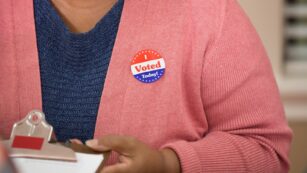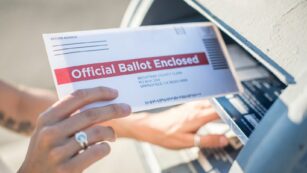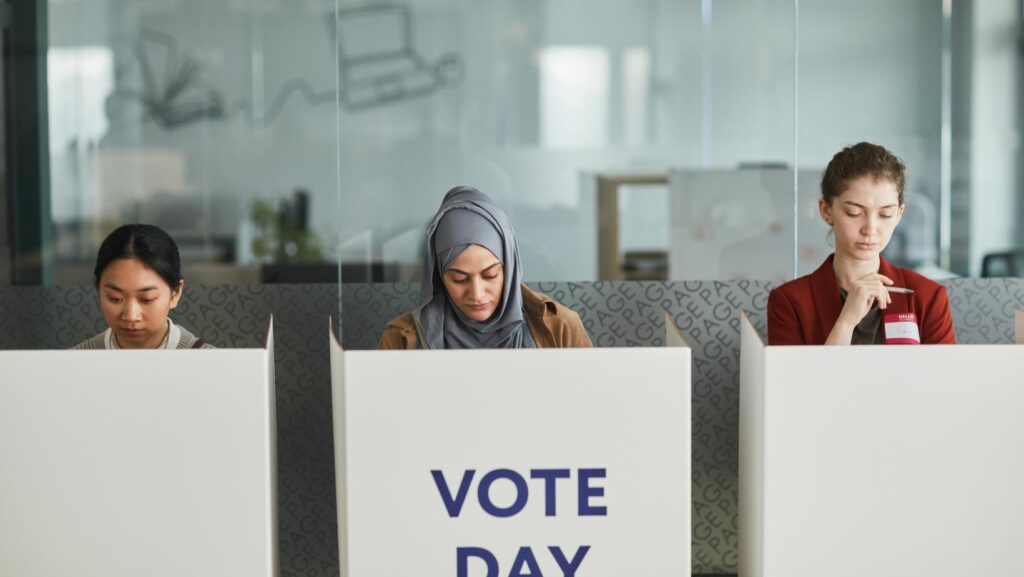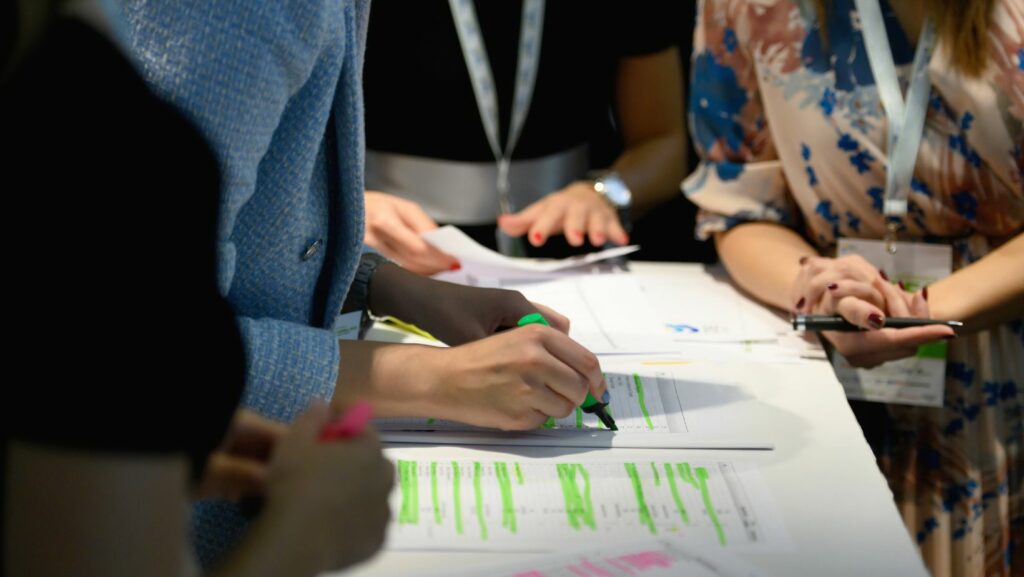When it comes to voter turnout, the United States often finds itself trailing behind other democracies. Despite its status as a global leader, the US struggles with participation rates that pale in comparison to countries with similar democratic systems. This discrepancy raises questions about the factors influencing voter engagement and the effectiveness of electoral processes.
In many nations, voting is seen as a civic duty, deeply embedded in the culture. Countries like Belgium and Australia boast turnout rates exceeding 80%, thanks partly to compulsory voting laws and robust voter education programs. Meanwhile, the US grapples with barriers like voter registration complexities and election day logistics, which can deter participation.
How Does Voter Turnout In The United States Compare To Voter Turnout In Other Democracies?
 Voter turnout in the United States tends to be lower than in other advanced democracies. The International Institute for Democracy and Electoral Assistance (IDEA) notes that US voter participation in presidential elections averages around 55-60%. In contrast, countries with compulsory voting, such as Belgium and Australia, often see turnout rates exceeding 85%. For example, Belgium’s turnout reached 90% in recent elections.
Voter turnout in the United States tends to be lower than in other advanced democracies. The International Institute for Democracy and Electoral Assistance (IDEA) notes that US voter participation in presidential elections averages around 55-60%. In contrast, countries with compulsory voting, such as Belgium and Australia, often see turnout rates exceeding 85%. For example, Belgium’s turnout reached 90% in recent elections.
The voluntary nature of voting in the US contributes to this disparity. Unlike countries with mandatory voting laws, US citizens are not legally required to cast a vote, leading to less consistent participation. Additionally, the US features complex voter registration processes and election day logistics that further hinder turnout. In democracies like Sweden and Denmark, where over 80% turnout is common, automatic voter registration and simplified voting processes make participation more accessible.
Voter Turnout in the United States
In the United States, voter turnout remains a topic of concern and analysis. Despite being a prominent democracy, the US often experiences lower participation levels in its elections compared to other democracies.
Recent Data and Statistics
Recent data highlights the challenges in US voter turnout. In the 2020 presidential election, approximately 66.8% of eligible voters cast their ballots, the highest rate in 120 years, yet still lower than participation in other democracies with compulsory voting. By comparison, other nations frequently exceed 70%. The US midterm elections in 2018 saw about 50% turnout, marking a significant increase but still reflecting a substantial number of non-voters. These statistics underscore the need for strategies aimed at boosting voter participation.
Voter Turnout in Other Democracies
Voter turnout in other democracies often surpasses that of the United States. Many countries achieve higher participation through diverse methods, each influenced by specific legislative and cultural factors.
European Nations’ Participation
 European nations generally experience robust voter turnout. Belgium and Denmark often report turnout rates exceeding 85% due to compulsory voting and effective civic education. Nordic countries like Sweden and Norway engage over 80% of their electorate by promoting easy access to voting and maintaining high trust in the electoral process.
European nations generally experience robust voter turnout. Belgium and Denmark often report turnout rates exceeding 85% due to compulsory voting and effective civic education. Nordic countries like Sweden and Norway engage over 80% of their electorate by promoting easy access to voting and maintaining high trust in the electoral process.
Emerging democracies exhibit varying turnout levels. Brazil, utilizing mandatory voting, often sees participation rates above 70%. South Africa, following its democratic transition, initially experienced high engagement in 1994, with over 86% turnout, though more recent elections have seen fluctuations. Countries like India face challenges with vast populations, yet manage substantial turnouts, often above 65%, due to widespread voter mobilization and engagement initiatives.
Reasons for Differences
Differences in voter turnout stem from several factors. Compulsory voting, voter-friendly policies, and robust civic education positively influence turnout. Socioeconomic development, literacy rates, and institutional trust also play roles. Countries prioritize different strategies based on demographics, history, and political culture, leading to varied turnout experiences.
Strategies for Improving Voter Turnout
 It’s evident that the US faces unique challenges in achieving high voter turnout compared to other democracies. By examining the practices of countries with higher participation rates, the US can identify strategies to enhance its electoral process. Implementing voter-friendly policies such as simplifying registration and ensuring easy access to polling places could significantly boost turnout. Additionally, investing in comprehensive voter education and considering the impact of compulsory voting laws might encourage greater participation. Addressing these areas could help bridge the gap between the US and nations with consistently high voter engagement, ultimately strengthening its democratic framework and ensuring broader representation in its elections.
It’s evident that the US faces unique challenges in achieving high voter turnout compared to other democracies. By examining the practices of countries with higher participation rates, the US can identify strategies to enhance its electoral process. Implementing voter-friendly policies such as simplifying registration and ensuring easy access to polling places could significantly boost turnout. Additionally, investing in comprehensive voter education and considering the impact of compulsory voting laws might encourage greater participation. Addressing these areas could help bridge the gap between the US and nations with consistently high voter engagement, ultimately strengthening its democratic framework and ensuring broader representation in its elections.



